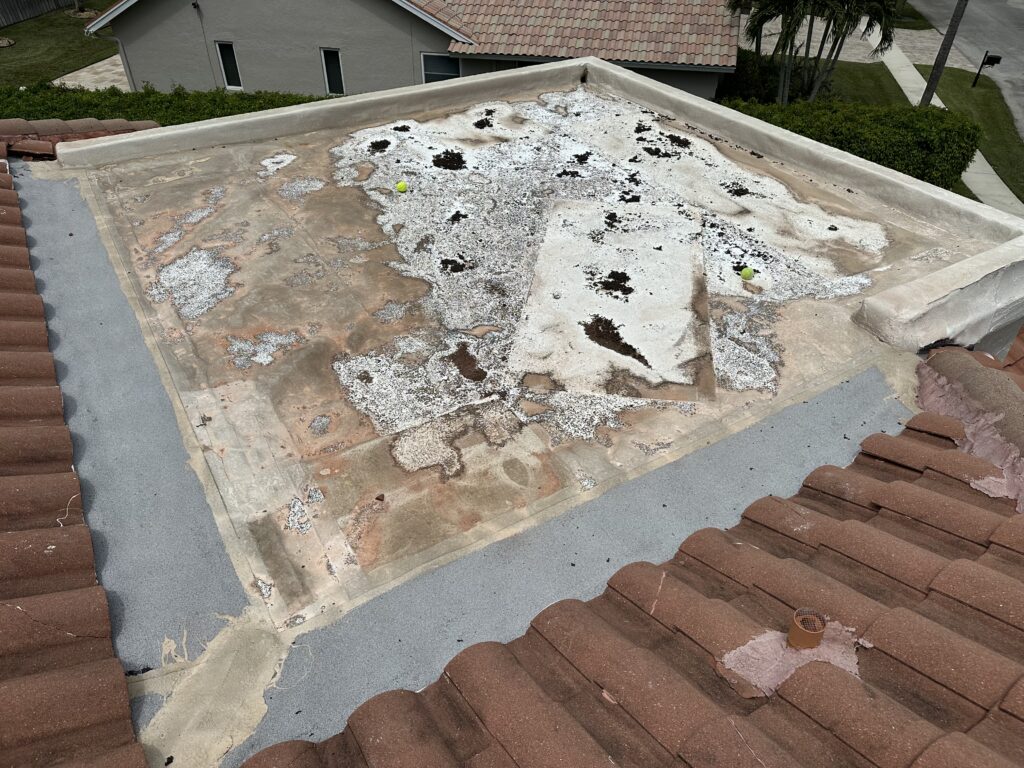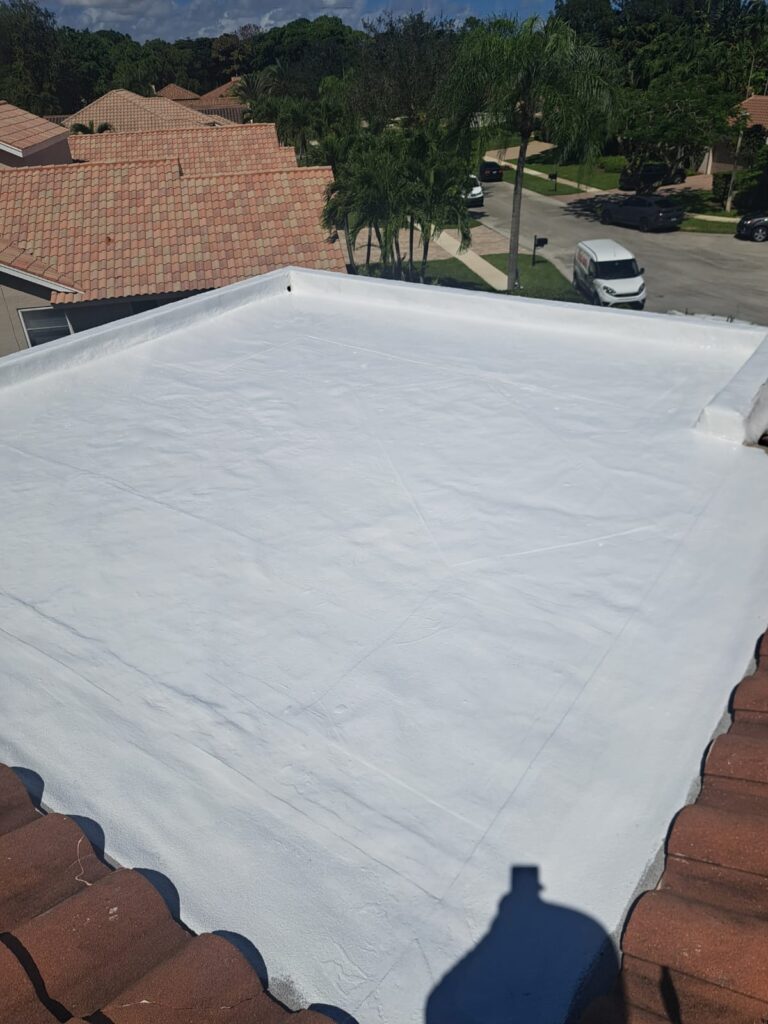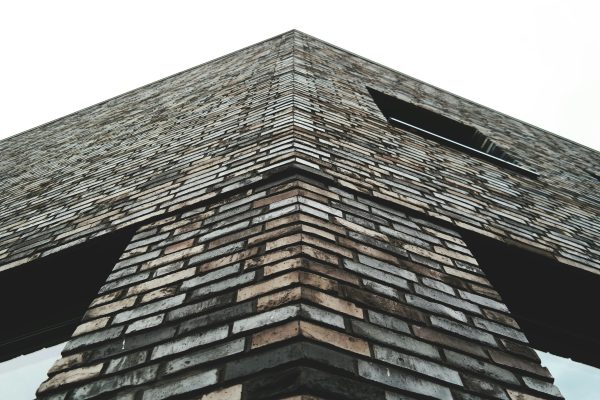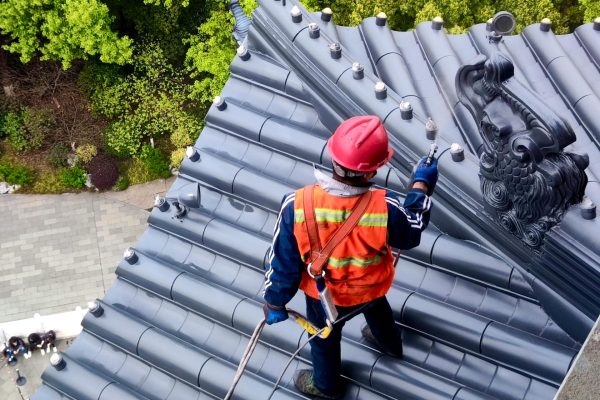When it comes to protecting your roof from leaks, weather damage, and costly repairs, roof waterproofing is essential. One of the most effective and increasingly popular solutions is silicone roof coating. But is silicone coating the right choice for your home? Let’s explore what silicone roof coatings are, their benefits, and whether they fit your roofing needs.
What Is Silicone Roof Coating?
Silicone roof coating is a liquid-applied membrane that creates a seamless, waterproof barrier over your existing roof. Unlike traditional roofing materials with seams that can deteriorate, silicone forms a continuous layer that resists water, UV rays, and extreme temperatures. This makes it especially ideal for flat or low-slope roofs that often suffer from ponding water issues.
Key Benefits of Silicone Roof Coatings
- Superior Waterproofing: Silicone coatings provide a monolithic, impermeable layer that prevents water penetration, even in areas with standing water or heavy rain.
- UV Protection: They reflect up to 90% of harmful UV rays, reducing roof surface temperature and protecting roofing materials from sun damage.
- Flexibility and Durability: Silicone remains flexible in both hot and cold weather, accommodating roof movement without cracking or peeling.
- Energy Efficiency: By reflecting sunlight, silicone coatings help lower cooling costs, making your home more energy-efficient.
- Cost-Effective: Applied over existing roofs, silicone coatings reduce the need for costly tear-offs and replacements, extending roof life significantly.
- Eco-Friendly: Silicone coatings reduce waste by extending roof lifespan and improving energy efficiency.
BEFORE

AFTER

Is Silicone Coating Right for Your Home?
Silicone coatings are especially well-suited for flat or low-slope roofs prone to ponding water, metal roofs, and roofs in hot, sunny climates like South Florida. If your roof is structurally sound but showing signs of wear, silicone coating can be a cost-effective way to restore and protect it. However, proper surface preparation and professional application are critical to ensure long-lasting performance.
What Are the Most Common Roof Waterproofing Issues—and How Can Silicone Coating Help?
Even the best roofs are vulnerable to certain recurring problems. Understanding these issues can help you make an informed decision about waterproofing and see why silicone coating is often the preferred solution.
1. Ponding Water and Poor Drainage
Flat or low-slope roofs are especially prone to water stagnation, where rainwater pools and remains for more than 48 hours. This standing water can stress roofing materials, accelerate deterioration, and eventually cause leaks or structural sagging.
How Silicone Coating Helps:
Silicone roof coatings are engineered to withstand continuous exposure to ponding water without breaking down. Their impermeable, flexible membrane resists water penetration and protects vulnerable flat roof areas much better than many traditional coatings.
2. Cracks, Blisters, and Membrane Deterioration
Over time, exposure to UV rays, temperature changes, and weather causes roofing membranes to crack, blister, or shrink away from edges and flashings. These weak spots are prime entry points for water.
How Silicone Coating Helps:
Silicone’s elasticity allows it to expand and contract with your roof, filling existing cracks and preventing new ones from forming. It forms a seamless, durable barrier that resists blistering and remains flexible even in extreme temperatures.
3. Clogged Gutters and Drainage Outlets
Debris in gutters and downspouts can cause water to back up onto the roof, leading to leaks and water damage.
How Silicone Coating Helps:
While regular gutter maintenance is still necessary, silicone coatings provide an added layer of defense around drainage points, reducing the risk of water infiltration even if minor blockages occur.
4. Faulty Flashings and Perimeter Detailing
Improperly installed or deteriorated flashing around chimneys, vents, and skylights is a common source of leaks.
How Silicone Coating Helps:
Silicone coatings can be applied over and around flashings, creating a continuous waterproof seal that eliminates many of the weak points found in traditional roofing systems.
5. Aging and Weathering
All roofs age, and as they do, materials lose their protective qualities. UV rays, rain, and temperature swings accelerate this process, making waterproofing repairs inevitable.
How Silicone Coating Helps:
Silicone coatings are highly UV-resistant and slow down the aging process, often extending the life of your roof by 10-20 years with proper application and maintenance
Maintenance Tips for Silicone-Coated Roofs
- Regular Inspections:
Check your roof periodically for cracks, peels, or areas where the coating may be lifting. Early detection prevents bigger issues. - Keep It Clean:
Remove debris, dirt, and leaves using a soft-bristled brush or leaf blower. This prevents moisture buildup and mold growth. - Watch for Ponding Water:
Although silicone resists ponding water, improve drainage if you notice water pooling for extended periods to maximize coating life. - Repair Small Damages Promptly:
Use silicone patching material for minor cracks or punctures. For larger issues, consult a professional roofer. - Recoat as Needed:
Depending on environmental conditions, consider recoating every few years to maintain optimal protection. - Professional Help:
Schedule professional inspections and maintenance for peace of mind and long-term performance.
Installation: How Is Silicone Roof Coating Applied?
The installation process is straightforward but must be done correctly for best results:
- Clean the Roof Surface:
Use a power washer and broom to remove dirt, debris, and any loose material.
Tip: A clean surface ensures proper adhesion and prevents issues down the line. - Prep Joints, Flashings, and Protrusions:
Seal joints, fasteners, and flashing with silicone caulk or flashing-grade material to ensure watertightness. - Apply the Silicone Coating:
Use a roller or airless sprayer to apply the coating evenly across the roof. Overlap sections for a seamless finish and follow the manufacturer’s instructions for thickness and drying times. - Curing:
Allow the coating to dry for at least 24 hours. Once cured, it forms a durable, seamless membrane.
Conclusion
Silicone roof coatings don’t just waterproof your roof—they actively solve many of the most common and costly roofing problems. Whether you’re dealing with ponding water, cracks, aging materials, or drainage issues, silicone offers a modern, durable, and cost-effective solution. For a personalized assessment and expert installation, contact Rainshield Roofing today.




